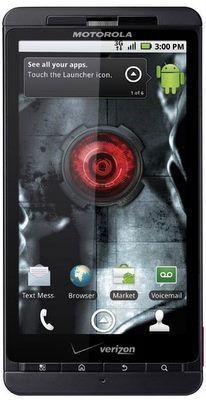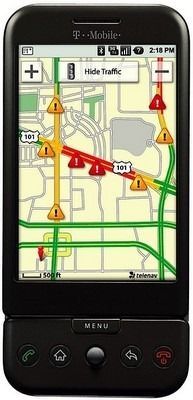Things Android Could Do Better

I recently covered the things I love about Android so it only seems fair to touch on its weaknesses (only a small portion of the part outside the “awesomeness” bubble on the previous post). I’d like to remind the audience that I’m not an Android or iPhone zealot—I think they are both fantastic devices and have recommended each. If anything, I’d say I’m a usability zealot but that’s for another post.
Battery and Charging
The biggest problem for me is poor battery life. This will certainly vary from phone to phone as it strikes me as mostly a hardware issue. I’ve heard that the iPhone 4 gets good battery life, at least for a smartphone so that’s something to aspire to. My Droid Incredible can just make it a full day if I hardly use it. However, if I surf at lunch, use the GPS, or mess around with it much, it’s at 20% left by end of business.
It also seems to charge slowly. I don’t really have any empirical evidence for this, it’s just a feeling. My old iPod Touch would recharge to 80% in about an hour (or it seemed like it). My Droid takes three hours to get there, and four to five to reach 100%.
Missing Hardware Configuration Standards
One hallmark difference between the Android platform and iPhone is the obvious fact that Android can run on numerous devices, each with different hardware. I have no problem with this. I like that people who prefer physical keyboards or optical joysticks, or whatever can get them. What I don’t like is that there’s seemingly no standard for button ordering or placement. For example, here’s the Motorola Droid 2, the Motorola Droid X, The HTC G1/Dream, and HTC Droid:




Notice the button arrangements:
![]()
![]()
![]()

This is crazy—the four standard buttons should always be in the same order. This is a pretty basic UI guideline that I am surprised wasn’t mandated in the Android licensing. There may very well be other combinations out there, too—these are just the first four phones I thought of. This comes
I’m not using this as an argument against buttons—just against different orderings. I like the four that I have and prefer this to the iPhone’s very adequate and acceptable single button.
Strangely, I’m actually OK with the custom UIs that Motorola and HTC have been developing. I think they are fostering some good ideas and I hope that in a year or two, vanilla Android will be polished enough that the vendor UIs will be absorbed and dissolved—but we’re not there yet.
Waiting for Updates
Android is a rapidly evolving platform—Google’s released four significant updates since it was first launched about a year and a half ago. With an update every four to six months, I’ve become accustomed to (and enjoy) regular improvements.
The problem is that the updates hit only Google’s Nexus One initially. Everyone else has to wait for the vendor to pick it up, merge it into their customized version of Android, and route it through the carrier. This process seems to take two to three months.
Admittedly, this complaint is hardly fair–it’s really a case of mismanaging expectations. The vendors and the carriers have historically done a very poor job of communicating when the updates will arrive and it’s the not knowing that drives me crazy. By ignoring the issue, the rumor mill spins out of control.
This was one of the top reasons I rooted my phone–I wanted to have more control over installing updates.
It’s Slow and Unintuitive
Just kidding–it’s crazy fast and chock-full of intuitive awesomeness.
1 comment
Math Zombie said on 2010-09-30
The iPhone charges full in a couple hours, it is pretty quick.
Comments closed
